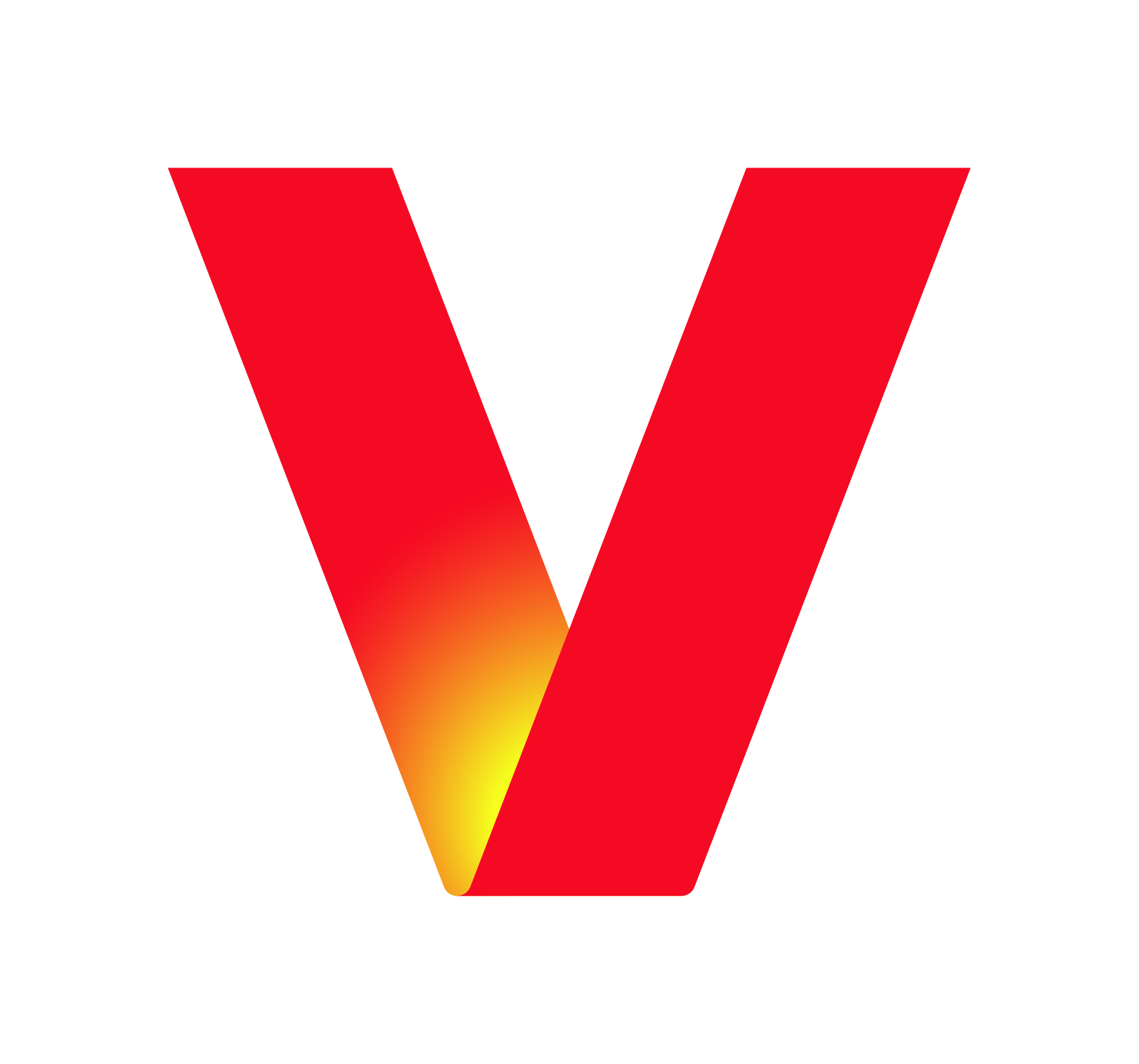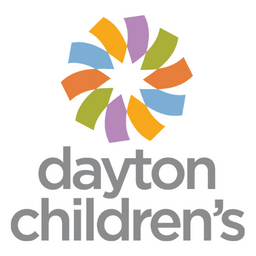The year is 1482, and a determined Leonardo da Vinci writes a letter highlighting his experience and sends it to his potential employer. This is the birth of the 500-year old exercise of writing a resume.
Today, resumes are still the cornerstone of the job application process, but you don’t have to be a renaissance man to know the basic pitfalls and advantages of creating an effective introduction.
Know The Role You’re Applying For
Personalization matters, it’s how the good set themselves apart from the great. If you have ten companies you really want to work for, then take a look at their job descriptions and include relevant accomplishments on your resume. If the company you’re applying to mentions they’re looking for natural born leaders, you can amend your resume to highlight your experience as the president of your sorority. A well-crafted resume that addresses many of the job’s requirements can be your modern day Vitruvian Man.
The Best Resumes Do The Work For You Before You’ve Even Met The Team
A well-crafted resume not only effectively highlights a candidate’s experience, it tells a compelling story.
Resumes that include data and metrics often find their way rising to the top quickly. If you’re an engineer, don’t just say you improved database load times—highlight that you improved load times by 20x. If you’re a salesperson, highlight that you beat quota by more than 120% over the past four quarters.
Brand Yourself
Many recruiters believe your resume should be one page. This means resume real estate is critical. In the paragraph above, if you’re amending your resume to add additional context about your leadership experience, that most likely means you’ll need more room to add additional bullet points. This is where personal branding becomes crucial to add to your application.
Looking at your resume, translate that information to LinkedIn and expand as much as you want on your experience. Did you work on an exciting project during your senior year that’s applicable to the open role? Add the core of that project to your resume, and then utilize personal branding platforms to paint a picture that is richer with context.
You Don’t Know What You Don’t Know
There are some things that only HR professionals would think of, but can make a huge difference. For example, resumes should generally remain consistent (font, style, tense, etc.), but did you know that you should also increase the font size for your name at the top of your resume? If a recruiter is looking at 500 resumes, it can’t hurt to double the font size for your name.
Did you spend time all night re-touching your resume in a new design program? Some applicant tracking systems (the place your resume is submitted to) often have a difficult time reading resumes. Keep your resume simple and invest in a portfolio to show off your passion for design.
Thanks For The Memories
Companies who genuinely value candidate experience are usually thankful that you have chosen to spend time with their team. Hopefully the feeling is mutual and you, as a candidate, are thankful that the team spent time learning about your accomplishments and experience. If you’re trying to put your best foot forward and set yourself apart, send a “Thank You” email within a few hours of your interview.
Some recruiters and hiring managers don’t weigh notes that heavily, but highlighting what you learned and why you’re appreciative of the team’s time is a nice gesture that for some, can go a long way in assisting your resume and your candidacy.
Your resume can and will be your Mona Lisa, but like any masterpiece, it’ll take time and careful thought to put it together.





